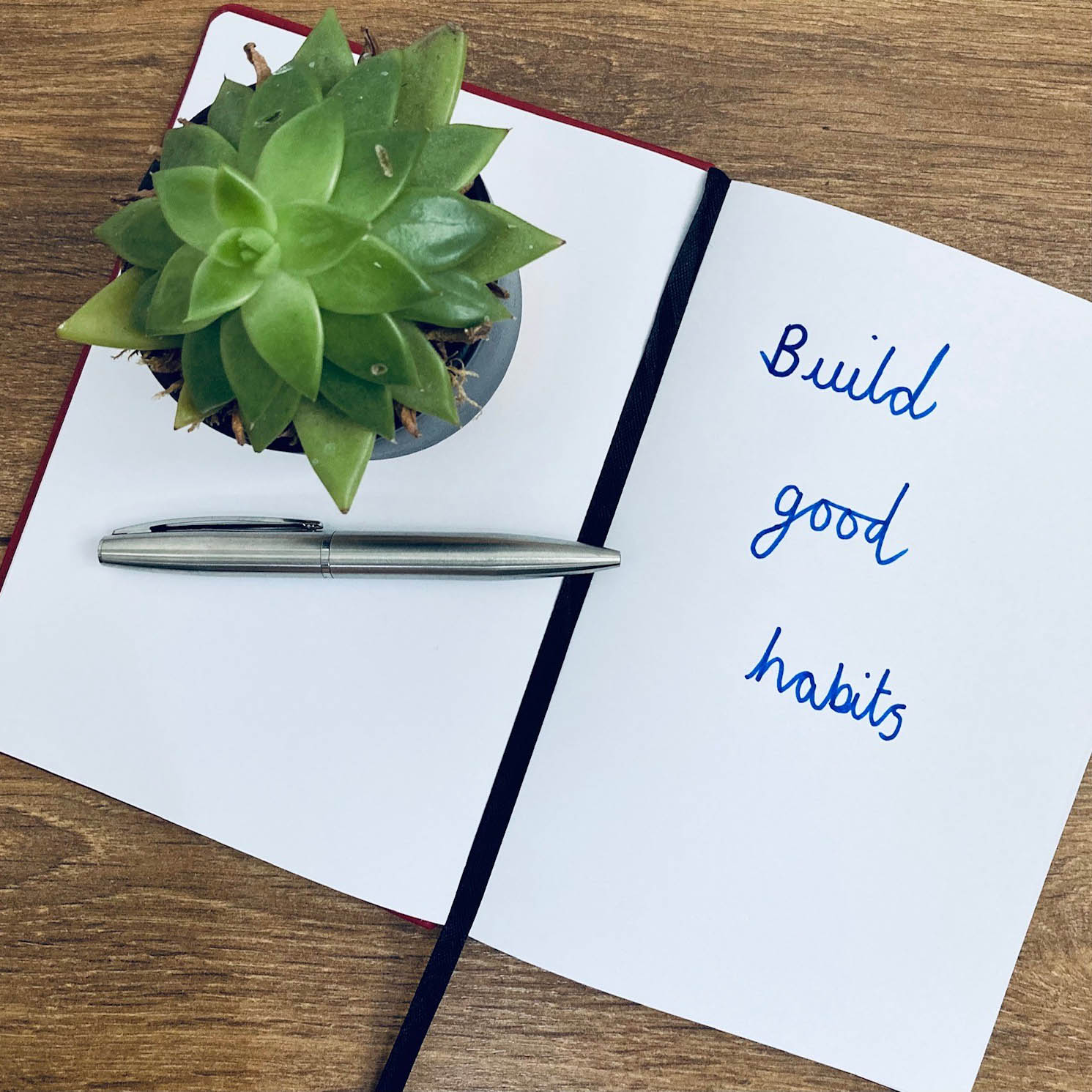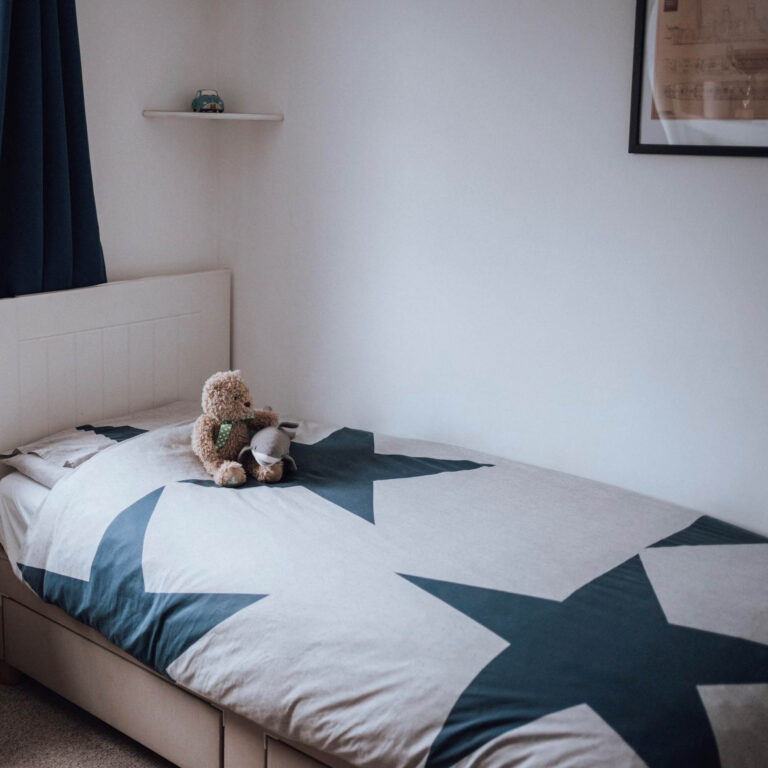
Decluttering and organising a space is rewarding; it transforms an area and helps you feel in control of your environment. However, have you ever wondered why after a short period of time the clutter has built up and you feel like you need to do it all over again? Decluttering shouldn’t be viewed as a one-time project. Although this is sometimes needed to get yourself back on track, it’s important you reset daily, weekly or monthly and consider your habits to keep the clutter away.
Once you have decluttered it’s important to reduce the amount of items that enter your home. Without realising it, clutter can creep back unless you change your habits. It’s the actions you take regularly than what you do once in a while. It requires an on-going effort and consistency and just like keeping on top of the cleanliness of your house, you have to apply the same consistency to decluttering.

These following habits will help prevent clutter building up:
- Stop buying things that you don’t need. Be mindful and when buying items and question yourself:
Do I really need the item?
Does it support me in my life now?
Do I have space for it?
Don’t be fooled by sale items and question whether you would still like the item at full price.
2. Give everything in your house a home. This should be after you have decluttered and have decided what you want to keep based on what you love, use or need. Your next step will be to purposefully give every item in your home a place for it to live. It is a good idea to group similar items together and make sure your everyday items are accessible. Store your belongings as close as possible to where you use them – this will support your daily routine.
3. Put items away as soon as you have used them. This helps to keep surfaces clear too. Don’t stuff things in drawers just to get them off the side as this can lead to cluttered drawers and lost items.
4. Make decluttering something you do regularly rather than letting it build up. When you are tidying consider if you still need, love or use the item. This could be daily, weekly or monthly.
5. Have a system for paperwork. Paperwork can end up everywhere (often somewhere in the kitchen) if you don’t have a proper system. Letters from the children’s school, incoming post and to do lists enter our home on a daily basis and need action. Have an action file and then once it is sorted, file, shred or recycle it.

6. Create systems for other problem areas. (clutter hotspots) Does your hallway constantly get cluttered? What could you do to keep on top of the clutter? Is there a better system you could adopt? Look around your home and see where the clutter builds up. Once you have established this, try and think why the clutter has built up and what you can do to prevent this.
7. Do a daily reset of your home. Before you relax in the evening or go to bed, do a little reset on your home. Clean the kitchen and make sure all toys, washing and anything else that is out of place is put away. When you get up in the morning, you will be starting a new day with everything away as it should be.
8. Put clothes away when you take them off. If they’re dirty, put in them in the washing basket. If they’re clean, hang them in the wardrobe or fold them in a drawer. This will prevent clothes ending up on the floor, chair or another alternative place.


